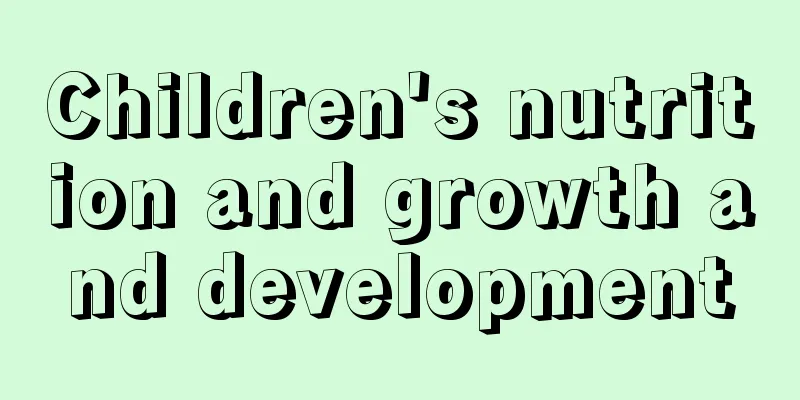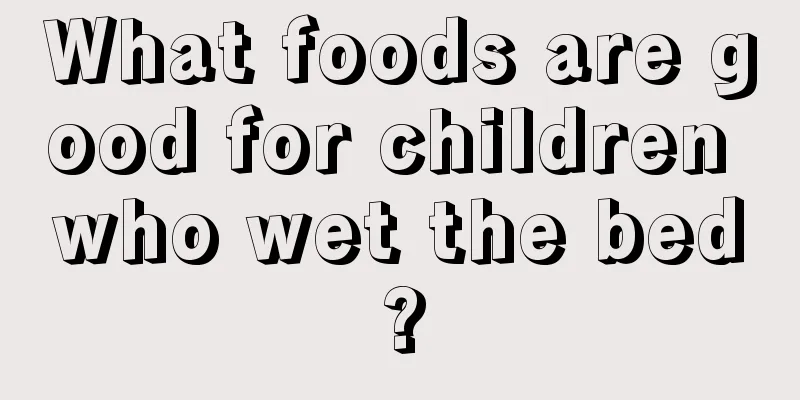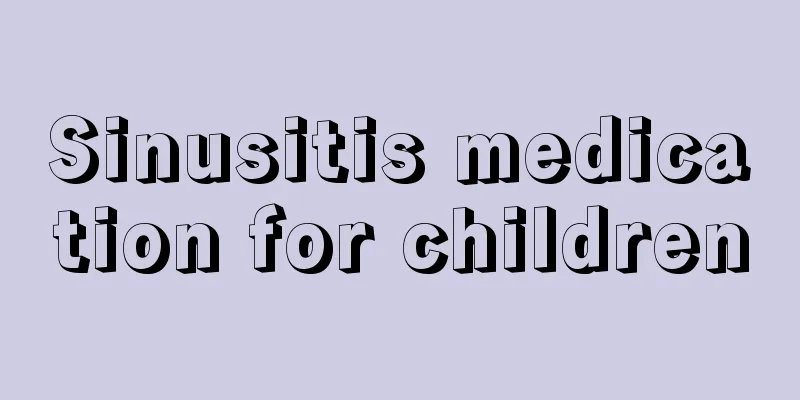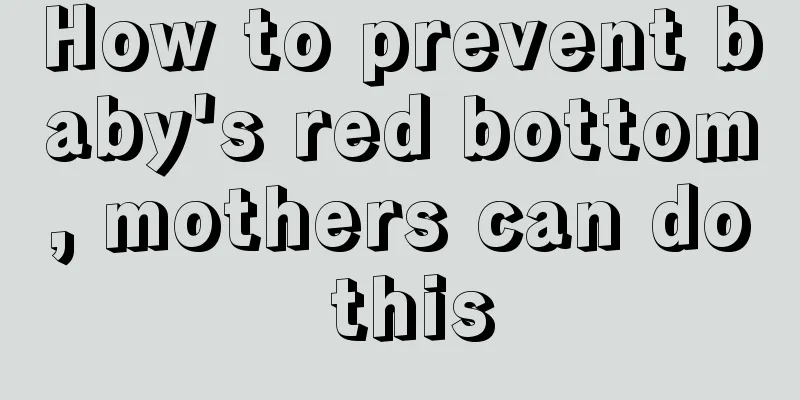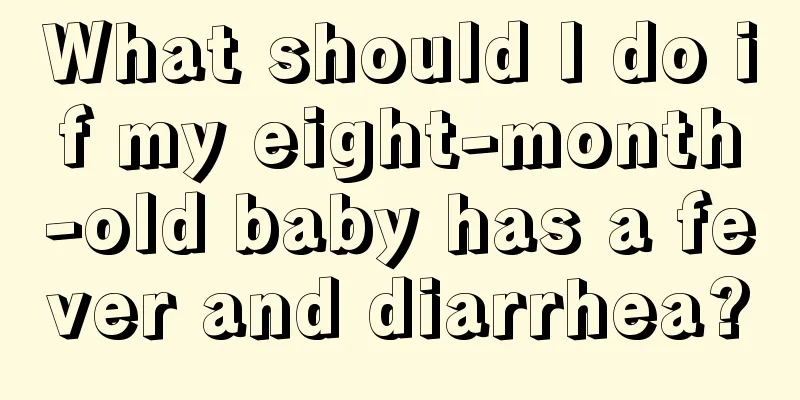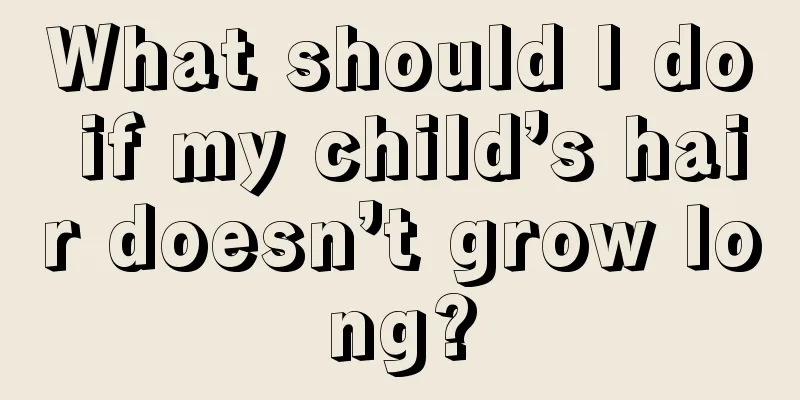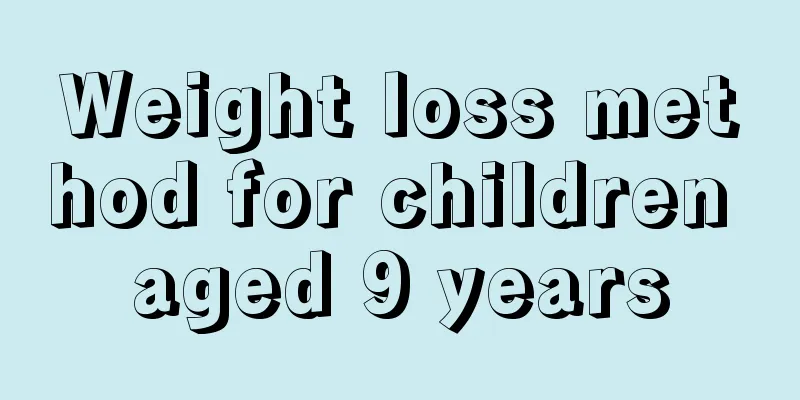What to do if a child has a fever and convulsions
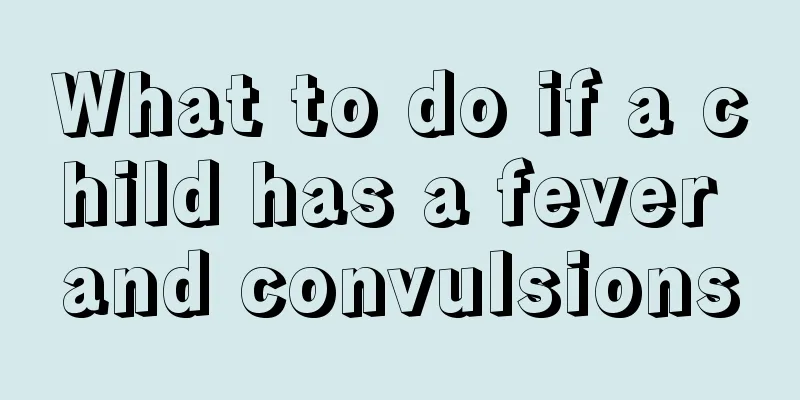
|
Fever and convulsions in children are a relatively common symptom. It is very necessary for parents of sick children to understand the relevant knowledge about fever and convulsions in children. So what should we do if children have fever and convulsions? Next, this article will introduce you to what to do if your child has a fever and convulsions. Friends who want to know more about this aspect can take a look! Please see the detailed introduction below. 1. The child lies on his side or his head is tilted to one side Immediately place the child in a prone position with his head tilted slightly back and his chin slightly protruding forward, without using a pillow. Or have the child lie flat without a pillow, with the head tilted to one side. Avoid giving medicine to the child during a convulsion (to prevent suffocation). 2. Keep the airway open Unbutton your collar, wrap a tongue depressor or chopsticks with soft cloth or handkerchief and place it between the upper and lower molars to prevent biting your tongue. At the same time, use a handkerchief or gauze to promptly clean the secretions from the child's mouth and nose. 3. Control convulsions Use your fingers to pinch and press the child's Ren Zhong, Hegu, Neiguan and other acupoints for two or three minutes, and keep the surrounding environment quiet. Try to move the child as little as possible to reduce unnecessary stimulation. 4. Cooling 1. Cold compress Place cold towels on the child's forehead, palms, and thighs, and change them frequently; fill a hot water bottle with ice water or an ice pack, wrap it with a towel and place it on the child's forehead, neck, or groin, or use a fever-reducing patch. 2. Warm water bath Use a warm water towel to repeatedly and gently wipe the areas where large veins run, such as the neck, armpits, elbows, groin, etc., to make the skin red to facilitate heat dissipation. 3. Warm water bath The water temperature should be 32~36℃, and the water level should be enough to cover the torso. Support the child's head and shoulders, and let the child lie in the basin for 5~10 minutes. Scrub the skin more often to help the sweat glands secrete. 4. Medication to reduce fever Take antipyretics orally or insert antipyretic suppositories into your baby's anus. 5. Seek medical treatment promptly. Generally speaking, a child's febrile convulsion will be relieved in 3-5 minutes. Therefore, when a child loses consciousness and has systemic symmetrical tonic-clonic spasms or convulsions, parents should not rush to take the child to the hospital. Instead, they should wait until the child regains consciousness before going to the hospital. Even if the child's convulsions have stopped after care, he or she should go to the hospital to further find out the real cause of the convulsions. However, if the child continues to convulse for more than 5-10 minutes without relief, or has repeated attacks in a short period of time, it indicates that the condition is serious and the child must be rushed to the hospital. On the way to the doctor, keep the child exposed and straighten the neck to keep the airway open. Do not wrap the child too tightly to prevent the child's mouth and nose from being blocked, causing airway obstruction or even suffocation and death. The above is an introduction on what to do if a child has a fever or convulsions. I believe that after reading the above introduction, you will have a good understanding of the relevant treatment methods for children with fever and convulsions. The five methods introduced above for dealing with children's fever and convulsions are all very useful, and parents must understand them well! The correct handling methods of parents can be of great help to the child's condition. Therefore, when a child has a fever and convulsions, don't panic! |
<<: What are the symptoms and preventive measures of infantile myoclonus?
>>: What to do if your child has a fever and convulsions
Recommend
Four month old baby's eyes
During the baby's development process, the ba...
What is the best fat intake for children?
Children's fat intake is closely related to f...
What to do if your three-year-old baby is constipated
I believe that many mothers take great care of th...
How should children practice yoga?
Yoga is a sport that tests a person's flexibi...
What should I do if my baby has ectropion?
The healthy development of babies is very importa...
What soup can children drink to grow taller
Paying attention to your daily diet can help you ...
What to do if a child has a nosebleed
As we all know, the physical fitness of our child...
Treatment of low hemoglobin in children
We all know that many people have experienced low...
Reasons why two-month-old babies don't sleep
Nowadays, parents pay little attention to their c...
What should I do if my child suddenly develops red bumps on his body?
If a child develops red bumps on his body, it is ...
What to do if your child has itchy bottom
Don’t think that only adults will experience itch...
What to do if your baby's nose is whirring
Therefore, they do not have much expressive abili...
Newborn baby's legs shaking like cramps
If a newborn baby has cramp-like shaking in his l...
Can sesame oil treat eczema in children?
In normal times, mothers not only need to work no...
ADHD
ADHD is a disease that occurs more frequently in ...
